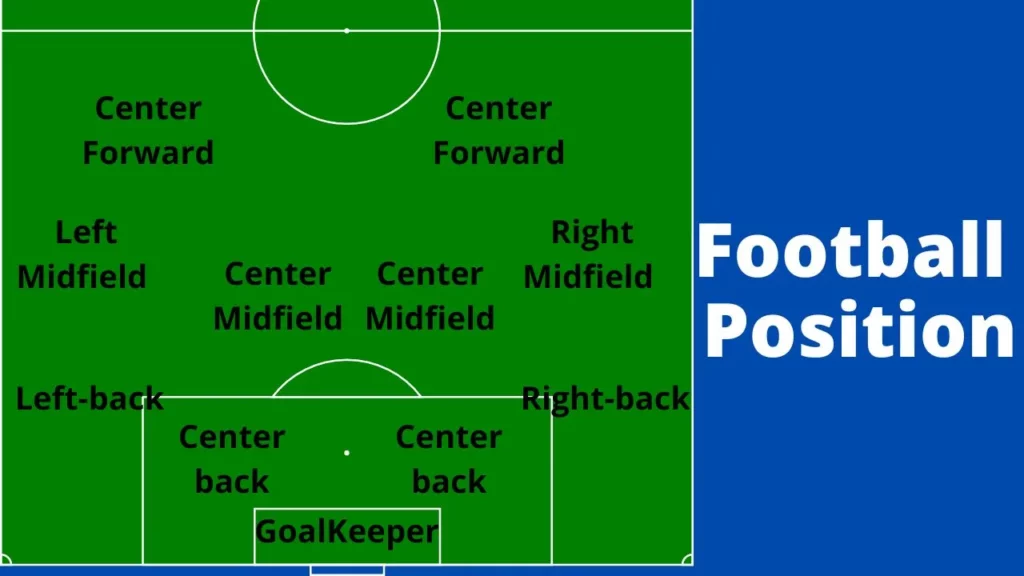How Many Players on a Soccer Team? Understanding the Game’s Basic Structure

Table of Contents
When you’re watching a soccer game, you might wonder, “How Many Players on a Soccer Team?” It’s a simple question but one that helps you understand the game’s flow. Every soccer team has 11 players on the field, including the goalkeeper, who is the last line of defense. The other 10 players are spread out across the field, each with their own important role to play in the game.
The number of players on a soccer team is carefully balanced to ensure the game remains exciting and fair. Each player, whether they are defending, passing, or scoring, contributes to the overall success of the team. In this post, we’ll dive into the roles of the players and explain why the number of players on a soccer team is so important for the sport.
How Many Players on a Soccer Team: The Basics of Team Composition
A soccer team consists of 11 players, which is the standard number in most matches. Each team is made up of one goalkeeper and ten outfield players. The goalkeeper’s role is unique because they are the only player allowed to use their hands within the penalty area. The other 10 players are positioned based on their specific roles: defenders, midfielders, and forwards.
The positions are carefully arranged to create a balance between attacking, defending, and controlling the game. With 11 players, the team can effectively spread out across the field, working together to both defend and score. This balance is key to making soccer a strategic and exciting game.
The Importance of Each Player: How Many Players on a Soccer Team Affect the Game

Each player on a soccer team has a specific role that contributes to the overall success of the team. The 11 players work together to create offensive and defensive strategies. Without the proper balance of players, the game could become unorganized and less enjoyable for both players and fans.
- Goalkeeper: Protects the goal and stops the opponent’s shots.
- Defenders: Help prevent the other team from scoring by blocking passes and tackles.
- Midfielders: Control the game, passing the ball between the defense and attack.
- Forwards: Try to score goals and create scoring chances.
This team structure ensures that the game remains exciting and full of action, as every player has a key role in achieving success.
Breaking Down the Roles: Understanding the Players on a Soccer Team
To understand how many players on a soccer team affect the game, it’s important to look at the roles of each player. Soccer is a team sport, meaning that every player must work together to win. The positions are divided into four main categories: goalkeeper, defenders, midfielders, and forwards.
- Goalkeeper: This player is the last line of defense. They prevent the other team from scoring by blocking shots on goal.
- Defenders: They protect the goalkeeper and try to stop the opposing players from getting close to the goal.
- Midfielders: Midfielders link the defense and attack. They control the ball and pass it to create scoring chances.
- Forwards: These are the attacking players who try to score goals for the team.
Each position requires different skills and contributes to a team’s overall performance.
Goalkeeper’s Role: How Many Players on a Soccer Team Includes the Ultimate Defender

In every soccer team, the goalkeeper is one of the most important players. The goalkeeper’s job is to prevent the other team from scoring goals. This is the only position that allows the player to use their hands within the penalty area, making it a unique role.
Goalkeepers need quick reflexes, great decision-making skills, and a lot of focus. They often organize the defense and are key to starting counter-attacks. Their presence in goal allows the rest of the team to focus on attacking and defending with confidence, knowing the goalkeeper is there to protect the net.
Conclusion
In conclusion, knowing how many players are on a soccer team helps you understand the basic structure of the game. With 11 players on each team, everyone has a specific role, whether it’s defending, attacking, or controlling the ball in the midfield. This teamwork is what makes soccer such a fun and exciting sport to watch and play.
So, whether you’re a new fan or a player just starting, understanding the different roles and how many players on a soccer team will make the game even more enjoyable. As you watch or play, keep in mind how each player’s position contributes to the team’s success. This knowledge will help you appreciate the strategy behind every match.
FAQs
Q: How many players are on a soccer team?
A: A standard soccer team has 11 players, including one goalkeeper and ten outfield players.
Q: Can a soccer team play with fewer than 11 players?
A: Yes, if a player is injured or receives a red card, a team might play with fewer than 11 players.
Q: What positions are on a soccer team?
A: The main positions are goalkeeper, defenders, midfielders, and forwards, each with a specific role.
Q: Do all soccer teams have 11 players?
A: Yes, in professional soccer, teams always have 11 players, but youth teams may have fewer players depending on age.
Q: What happens if a goalkeeper is injured?
A: If the goalkeeper is injured, a substitute may replace them, or another player can take over the goalkeeper’s role.




